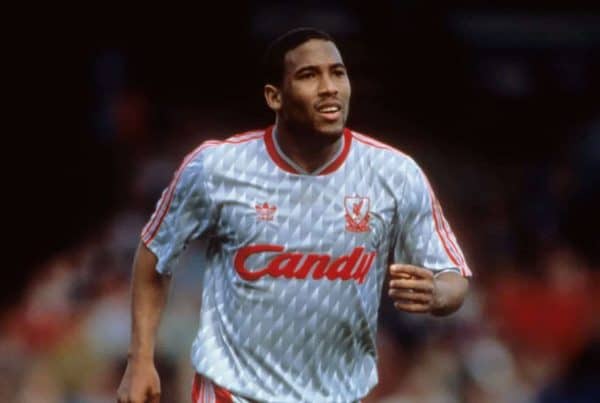Liverpool coaches have turned average players into good ones, good players into great ones and, just occasionally, they have turned great players into legends.
These days, the philosophy of signing and developing players with potential is dressed up by numbers, statistics and is verging on a science – our recent interview with Liverpool’s ex-Director of Research, Dr Ian Graham, only scratches the surface of the depths clubs go to when identifying who their millions will be gambled on.
When Liverpool are poor, the incomings haven’t worked out. When Liverpool are great, the new boys are at the centre of the performance.
It is a pattern that has painted Liverpool’s history mostly in silver, but when off-field decisions go wrong, results on the pitch begin to wane.
The rags-to-riches narrative is one Reds love to indulge in when looking back at Bill Shankly‘s reign or even, in a different context, Jurgen Klopp‘s tenure.
Looking back in time, it would be easy to think this is a story that has remained consistent across the last 60 years.
However, when you are already at the top, you can’t afford to take risks on players.
The pressure of arriving at Liverpool
John Barnes explained the Reds’ transfer policy when he signed from Watford in 1987 and made clear that on the spectrum of average to legend, he was already verging on the great before he arrived.
By the time Barnes signed for Liverpool from Watford, he had already proven himself in the top flight and was ready to perform for the best team in the country.
This was no hidden gem the Reds had uncovered, this was a case of Liverpool pinching a flower about to blossom.

Speaking to This Is Anfield, Barnes recalled: “The pressure is going to be immense because obviously Kenny (Dalglish) had retired [as a player], Rushie (Ian Rush) had gone to Juventus.
“Of course myself and Peter Beardsley and John Aldridge are coming in to replace Rushie but the pressure was there.
“However, I had already played for England for four years. The goal I scored against Brazil was while I was playing for Watford so people remember me for when my career took off at Liverpool.
“But they have to remember that I was already a seasoned international.”
Barnes made a point of noting how if he were to score that goal in the Maracana nowadays, his career could have taken a very different path.
“What happens now is you have players who are like 17, 18, 19 years old, have one good season then they cost £80 million going to a big club,” he said.
“Not only is the pressure huge but are you able to handle that?
“But I was experienced. Peter Beardsley was the most expensive signing [in British history] at £1.9 million, but he had had six or seven years at Newcastle; John Aldridge had had three years at Oxford.
“So as much as the pressure is there, we’re able to handle it because we had shown that we had a level of consistency over a period of time before you got to go to Liverpool.”
Not just about on-field ability

By the time he joined Liverpool, Barnes had played in the first division for five years and Liverpool were now willing to pay £900,000 for his services.
On why he didn’t sign earlier, Barnes added: “I think what Liverpool did is they made sure they weren’t going to make any mistakes.
“They don’t just look at your ability, they look at your character.”
Sound familiar?
It isn’t a million miles away from what the likes of Graham and Klopp were doing until very recently at the club, and is something Arne Slot‘s team will no doubt continue.
Barnes himself had a good grounding in the game and was keen to emphasise the impact legendary manager Graham Taylor had on his career, even comparing the man to a certain German who left Liverpool in 2024.
“Watford came from the fourth to the third to the second to the first [division] – that’s what an incredible story Watford was,” the former winger said.
“That’s how incredible Graham Taylor was in terms of bringing them all the way up.
“When we finished second in the league to Liverpool in my second year at Watford, I would say probably 80 percent of those players would have come from the fourth division.
“Of course, Elton (John) was the chairman but we didn’t spend a lot of money, we didn’t buy big star players. Graham Taylor just empowered the team to believe that they could achieve by honesty, by teamwork, by determination and by discipline.

“In many respects it kind of reminds me of Jurgen Klopp because Jurgen doesn’t necessarily buy the best players, because whenever you talk about Sadio Mane and Mo Salah and Bobby Firmino, I don’t remember Real Madrid or Man United and all these people wanting these players.
“You turn them into these superstars, so Graham Taylor’s philosophy was about the team, togetherness and how you can achieve.”
Like in the 1980s, Liverpool’s transfer strategy has moved away from signing the youngest talents to recruiting players at the next stage of their career who are ready to break through the ceiling.
Now, the club could perhaps learn something from looking back at 1987 and seeing how the Reds adapted to build the last great team of the Boot Room era.

